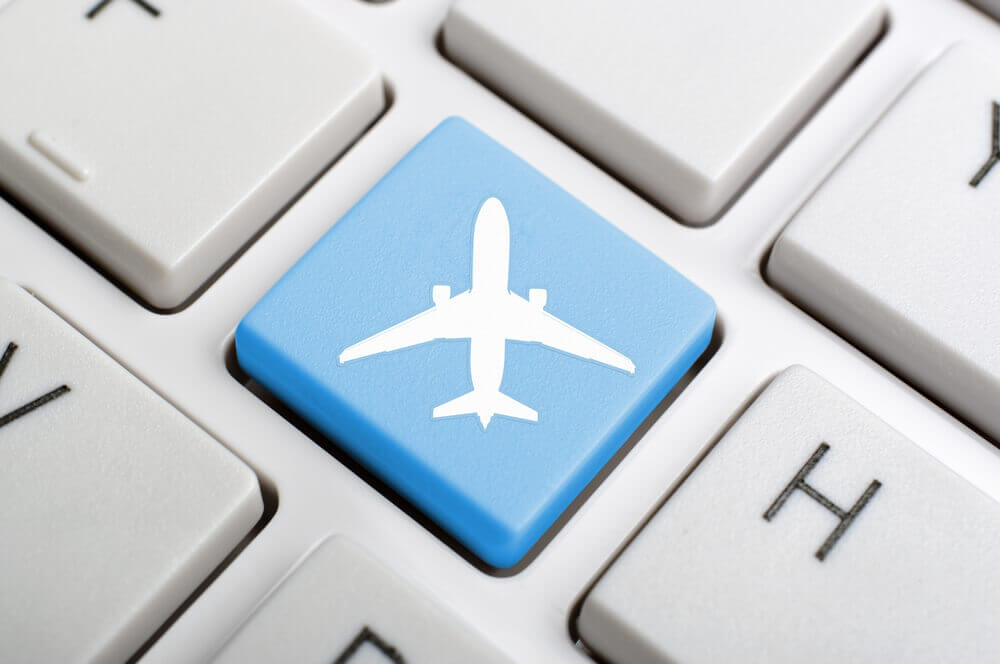
Airlines, particularly, those in the West should start looking east, specifically, to China to understand where mobile, ecommerce and payments are headed. That was the message from Hugh Aiken, senior director of strategic partnerships, Skyscanner, at the recent CAPA Global LCC Summit, when asked about opportunities for airlines when considering their distribution strategies.
Speaking on a panel on “Evolving LCC distribution strategies to adjust to new business models”, Aiken said Chinese travel would not only influence distribution strategies but it was also setting the pace in terms of product.
A Skyscanner report on China, released last August, shows the aviation market in China doubling in size by 2035 and outbound travellers crossing 122 million in 2016, and said that companies would have to acquire local knowledge and execute locally to gain advantage in the market.
Before it was acquired by Ctrip in 2016, Skyscanner had taken a local approach by acquiring a local business, Youbibi, in 2014. In China, Skyscanner is known as Tianxun (Chinese for ‘scan the skies’) and the report said that during 2015, Tianxun saw a 67% increase in visitors and year over year revenue growth in the market was at 78% by September 2016.
Product wise, it has released specific features tailored to the Chinese market, for example, an ‘inspirational feed’ on the Tianxun app. “Chinese travelers only have between 5 and 10 days of annual leave per year, and just 5% have a passport, yet traveling abroad is increasingly popular. We realized that providing inspiration via editorial content was crucial in illustrating the travel possibilities on offer in a market where foreign travel is at a less mature stage,” said the report.
Another opportunity highlighted by Aiken on the panel was value-based recommendations and learning from others such as Netflix. “This approach can drive conversion and customer engagement – and we’ve not seen anyone do this well in aviation to date.”
On the same panel, Jonathan Newman, commercial director of Barcelona-based Caravelo, a technology company providing solutions to airlines such as ability to sell upgrades and a white-label travel concierge named Nina, said another opportunity in distribution was a change in model from loyalty to subscriptions.
This shift towards subscriptions is being driven by the big tech companies (of course). Amazon made $9.7b in revenues last year from subscriptions, a growth of 52% from the previous year. Amazon Web Services, which is targeting travel as a vertical, generated about $4.3 billion in operating profits last year, 52% more than the profits earned by the company’s North American retail arm on one-sixth the revenue.




